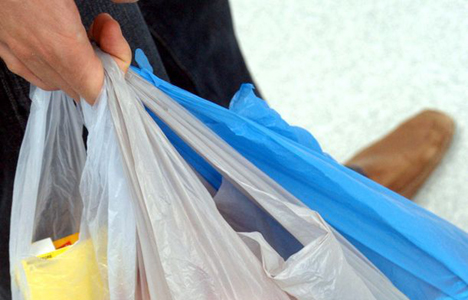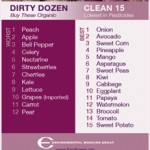Warm or Green? A Toxic Question.
 My family and I live in an old house in Vermont. It was built long ago in a different energy environment and today, if heated to 70F in the winter, leaves a carbon footprint like a Hummer-driving, private jet-flying T-Rex. But we’ve found that greening it to reduce our carbon footprint isn’t always the same as greening it to protect our environmental health.
My family and I live in an old house in Vermont. It was built long ago in a different energy environment and today, if heated to 70F in the winter, leaves a carbon footprint like a Hummer-driving, private jet-flying T-Rex. But we’ve found that greening it to reduce our carbon footprint isn’t always the same as greening it to protect our environmental health.
Soon after occupying the house, we had a professional energy audit. An auditor rates your house based on a series of tests that indicate how much warm air leaks out, and then provides options for tightening up the house’s “seal”. Ours fell into the “leaks like a sieve” category, and we have proceeded to slowly tighten up the seal.
I dutifully purchased the supplies our energy adviser recommended, including lots of silicone sealant to close up gaps around doors and windows. But somewhere between the hardware store and home, words on one of the packages caught my eye: “this product contains chemicals known to the State of California to cause cancer, birth defects and other reproductive harm”. Oh. For a moment, I’ll admit, I entertained a fleeting, wishful thought “maybe it just causes cancer in the state of California, but not Vermont?” (Embarrassing to admit, but I’ll bet I’m not the only one. And I imagine the lobbying and legal wrangling that went into crafting that artful language.)
The sealant sat while I agonized about what to do. The auditor didn’t know of any greener and effective options, and I want grandchildren. Finally, one day when no one was home, I opened all the windows, suited up like Cher in Silkwood, and cracked open the sealant. The house smelled for about a day while the sealant dried. I continue to feel guilty, but I’m also not wearing mittens as I type this.
For more about green home renovations, see http://www.greenbuildingadvisor.com/
Also, after we initially posted this, a Facebook fan passed on this excellent resource for friendlier sealants.



